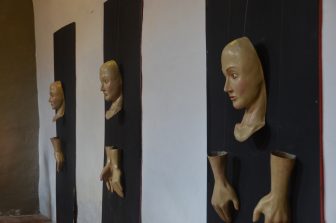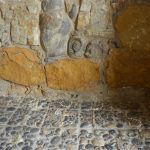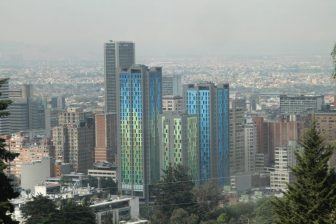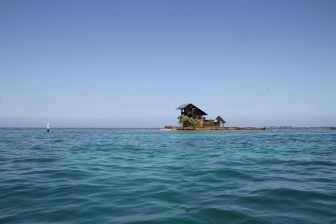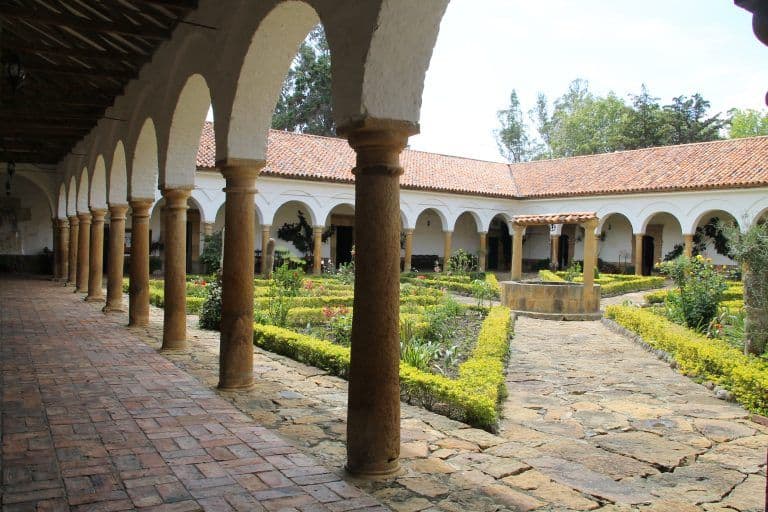
[ Dec.2016 ] After visiting Raquira from Villa de Leyva in Colombia, we went on to Convento del Santo Ecce Homo.
This was built in 1620 for old priests to spend the last part of their lives.
And then it became a convent for the Dominican Order.
After that, at one point it became a military accommodation, but now it is a retreat for the believers.
There was a lovely courtyard and interesting statues on the wall.
When I was taking photos outside, an oriental man started talking to me.
I could not make out what he was saying, so I thought that he might be a Korean, and his guide translated his words for me in English,” Where are you from?”, so I answered “I am Japanese”.
Then, he seemed moved and said “you are the first Japanese person I have met since I came to Colombia” in Japanese.
The reason why I did not understand him first was that he talked to me in Spanish.
Thinking about it, in fact, he was the first and the last Japanese person I met on this holiday, too.
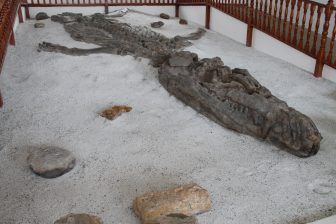
After the convent, we visited the fossil museum.
In 1977, they found a fossil of marine reptile of 7 metres long and they built a house around it to be a museum.
According to our guide, this place used to be under the sea 120 million years ago.
The large inlet here was like a fjord in those days, but because the Andes swelled up, the sea was pushed out.
Because of that, although the nearest sea is about 900 km away from here, they still find many marine fossils like ammonite.
We saw a wall and a floor full of those fossils in the Convento del Santo Ecce Homo, too.
The last place we were going to visit on the day was the ruin of El Infiernito.
But it was closed.

So we looked at those standing stones from outside of the fence.
The story I heard here was outrageous.
The tribe who built these stones divided one year into 30 months and understood the time of the year looking at these stones.
That is fine, but in their society, the number of the women who could give birth to children was fixed and when one of the women became older, she had to hand over the place to younger one by being sacrificed to their gods.
Incredible, isn’t it!
After this ruin, we went back to Villa de Leyva on the non paved countryside road and as soon as we arrived, the rain started again.

